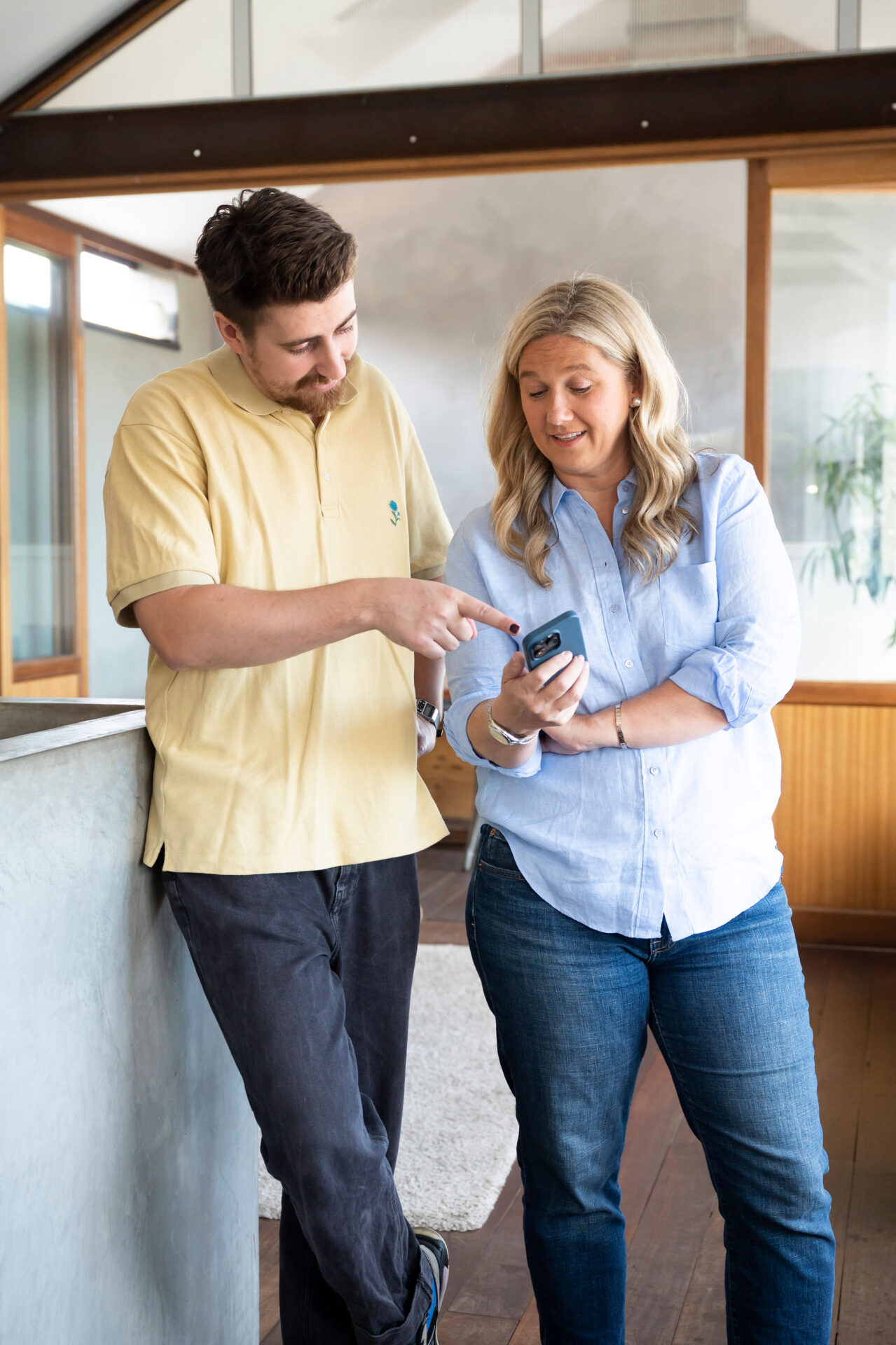Is location marketing part of your brand’s marketing strategy?
Heads up — if you’ve got an experience to offer, it should be.
With ‘near me’ searches on the increase and consumers continually moving away from traditional media and going to the web to plan their outings, from a week-long jaunt in the Kimberley to a simple Sunday afternoon pub session, it’s more important than ever to show up online.
Here are our top ten ways you can reach visitors (and locals) in your destination.
Ace your local SEO
If you want to be found by a local audience, local SEO is your absolute best friend. Make sure your website is working for you by being mobile friendly, that your NAP (name, address and phone number, and any other important information for that matter) is consistent wherever it’s mentioned online and offer great, unique local content. This is just the tip of the SEO iceberg — you can read more here.
Get going with Google My Business
If you don’t have a Google My Business listing set up, do so now. Like now. And if you do, make sure your customers are leaving plenty of reviews and that your rating is high. Creating a listing is free and easy and once you’ve done it your listing will appear on the search results pages and on Google Maps. Think of it like a little online shop front which will tell potential customers everything they need to know about you.
Get terrific at TripAdvisor
TripAdvisor is another listing that is oh so important for tourism brands. Claim your business and monitor what is being said. Respond to every review, good and bad, just as you would on social media.
With it’s incredibly useful ‘Nearby’ functionality, TripAdvisor is a dream for holiday-makers so you can bet they’re all using it to figure out what to do while they’re in town. So as well as managing your listing, you need to make sure you’re rising in the rankings too. You could feature in one of TripAdvisor’s Top 10 experience listings for your category!
Check out other review sites and online business directories too
There’s more than just TripAdvisor too — do your research and discover which other review sites and online business directories are relevant to you and manage accordingly. Think Yelp, Zomato, The Urban List and more. Every relevant review site you capitalise on is an opportunity to get your brand in front of more eyes as well as improve your SEO and performance in Google’s search rankings.
Utilise Facebook Local
Did you know that Facebook has its own TripAdvisor style app called Facebook Local? Make sure your Facebook page is set to ‘Local Business’, that your NAP is up to date and consistent and encourage your customers to check in and leave a review.
Geo-target your Facebook ads
If you’re advertising on Facebook, make sure you’re making the most of your ads budget by targeting not just on basic demographics and interests but crucially, on location. This will ensure your ads are only being served to those who are likely to visit you or make a booking. Waste not, want not! If you’re a restaurant in Margaret River, the chances of someone making a booking from Marble Bar are pretty slim, so save that budget for when they’ve arrived in town and your ad is going to be relevant to them.
Use a location tag
Location is a big deal on Instagram. In fact, posts with a tagged geo-location achieve almost 80% more engagement than posts without. Pretty huge, right? And engagement aside, a location tag is simply a great way to help people find your business. Like, literally find your business. Make sure all your posts are tagged appropriately and it will also encourage your visitors to tag themselves at your location too, increasing your reach and getting you in front of new audiences.
Use local hashtags
Instagram has another foolproof (and free) way to spread the word. The inclusion of hashtags will significantly increase your organic reach and what’s more, there are always plenty of great local hashtags you can tap in to. Do a little research and embrace a specific local hashtag such as #perthbrunch, #perthbrewery #perthtodo or #perthfamilies and your posts will appear in the feed when a user is searching for them.
Geo-target your newsletter
We’re coming back to our waste not, want not theory — there’s little need to send an eDM promoting some fantastic last minute availability offers for this weekend at your hotel to people in your database that live on the other side of the country. Think local, relevant and useful and segment your list so that you only send to those who live within a particular radius of your hotel.
You don’t need a top-of-the-whazza CRM for this either, mailchimp gathers geolocation data each time a contact signs up to your newsletter or interacts with one of your eDMs so you can target by a specific region or time zone.
Optimise for modern searching habits
Remember that 2021 is here, and the way we search for things has changed. 45 percent of internet users now say they use voice search and voice commands each month. That means instead of typing ‘best Broome experiences’ into a search engine, they’re asking Siri ‘what is the best thing to do in Broome?’ and instead of ‘best Broome bars’ they’re asking ‘where is the best bar that’s open right now near me?’ Start thinking about these more natural, conversational search terms in your local SEO strategy.


